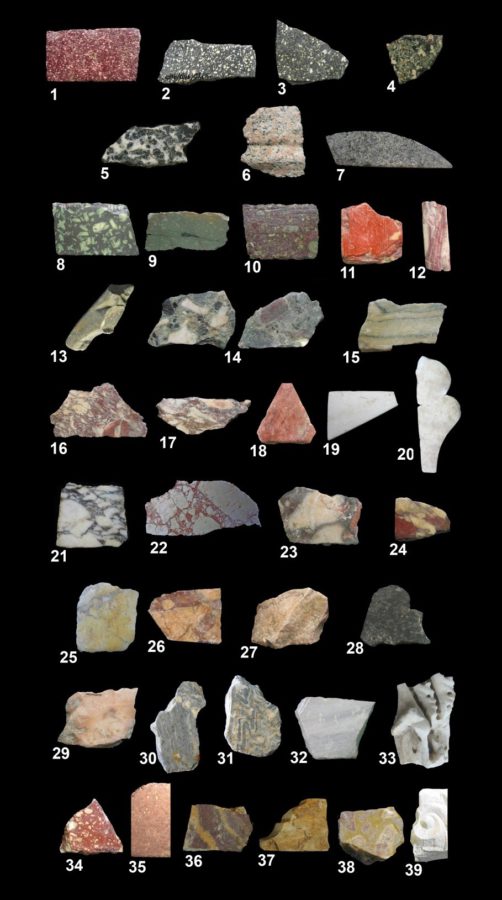Project Utica. Research of the Phoenician-Punic city
The ancient city of Utica (Tunisia) was the oldest Phoenician foundation in Africa according to ancient Greek and Latin texts. After the fall of Carthage it was the capital of the Roman province of Africa and one of the most important cities of the Mediterranean in antiquity The area occupied by the Phoenician city has…














